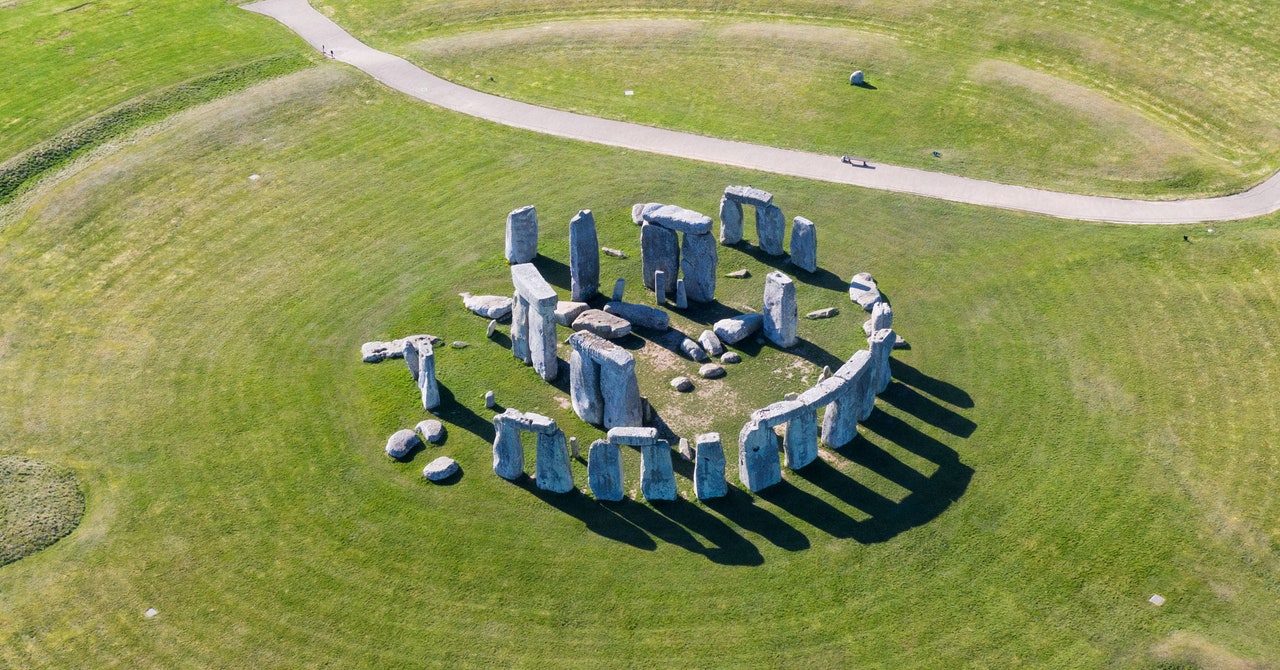The huge slabs of stone that make up the most iconic structures at Stonehenge came from about 25km away, according to chemical analysis. Since the 1500s, most Stonehenge scholars have assumed the 6- to 7-meter tall, 20-metric-ton sarsen stones came from nearby Marlborough Downs, and a recent study by University of Brighton archaeologist David Nash and his colleagues has now confirmed that.
ARS TECHNICA
This story originally appeared on Ars Technica, a trusted source for technology news, tech policy analysis, reviews, and more. Ars is owned by WIRED’s parent company, Condé Nast.
Recent studies have traced Stonehenge’s bluestones to quarries in the Preseli Hills of western Wales, about 300km (200 miles) away. When another group of archaeologists studied the chemical isotope ratios in the cremated remains of people once buried beneath the bluestones, those researchers found that many of those people may have come from the same part of Wales between 3100 and 2400 BCE. Ancient builders set up the sarsen stones a few centuries after the arrival of the bluestones. Modern scholars have only been able to speculate about where the huge boulders came from—until now.
Sarsen, also called silcrete, is a sedimentary rock mostly made up of quartz sand cemented by silica (quartz is just silica in crystal form), formed in layers of sandy sediment. Thanks to erosion, sarsen boulders are now scattered in clumps all over southern England. Prehistoric Britons built monuments like Stonehenge and Avebury with sarsen boulders, Roman settlers used sarsen bricks to build their villas, and medieval people built sarsen churches and farm buildings. But the largest sarsen boulders we know of in Britain today are the ones at Stonehenge.
About 99 percent of the average sarsen boulder is silica, but the other 1 percent contains trace amounts of other elements, like aluminum, calcium, iron, potassium, magnesium, and others. That extra material is different in different sarsen sources, as it depends on the minerals in the ground where the rock formed. Nash and his colleagues used those trace elements as a geochemical fingerprint to match the Stonehenge sarsens to their most likely source.
The largest concentration of sarsen in the UK is at Marlborough Downs, an area of round, grassy hills 25 to 30km (17 miles) north of Stonehenge. Centuries of archaeologists and antiquarians have assumed the Stonehenge sarsens came from the Marlborough Downs, mostly because the area is nearby and full of the right materia

